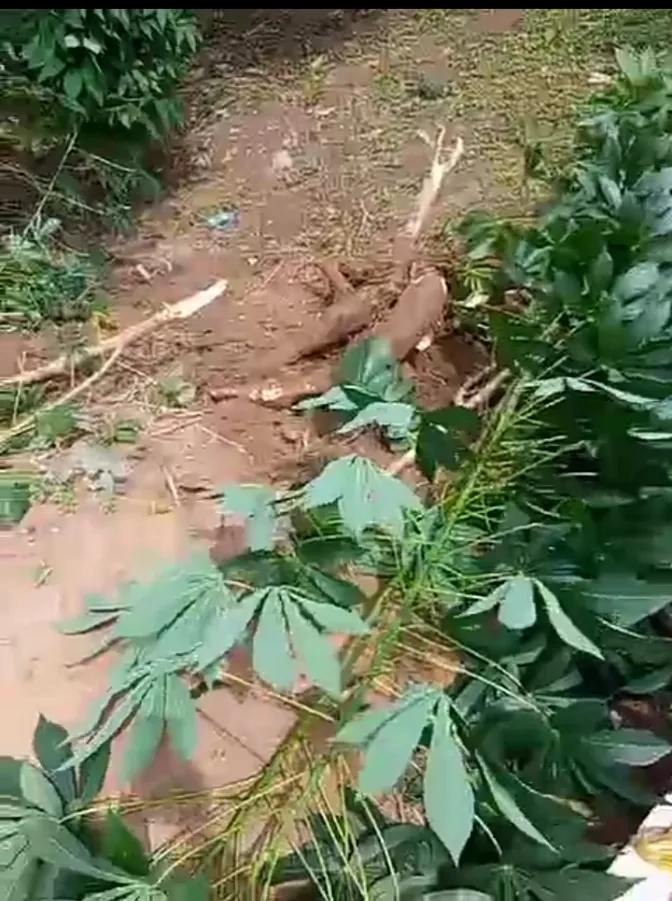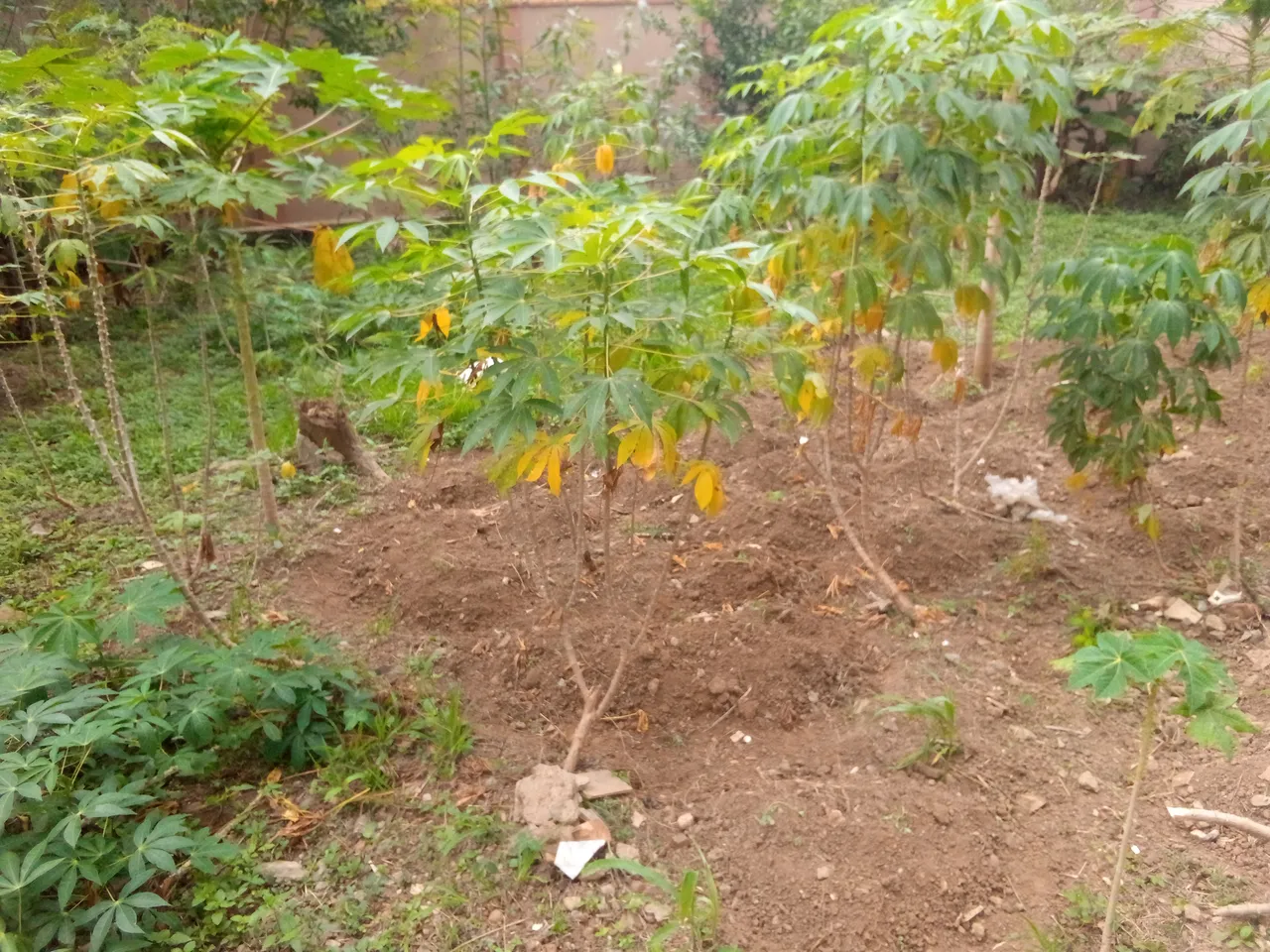Did you know there is a type of cassava called sweet cassava that can be boiled and eaten like yam? Some even go to the extent of pounding it and eating it with different well prepared soups, just like pounded yam. I won’t recommend anyone do the same without proper guidance from an expert in food and agricultural matters.

The cassava stems that make up the cassava plantation you see on my farm were specially selected and bought from the I.I.T.A. (International Institute for Tropical Agriculture), a reputable agricultural institution in Nigeria and beyond.
Like I said earlier, this type can be cooked and eaten as an alternative to yam. Most of these perennial crops in our compound have been there for more than a year.


As a guide and step-by-step follow-up of the cassava plantation journey, from planting to the emergence of leaves and the development of tubers, the pictures in my piece would give you an idea of what to expect in case you plan on going into cassava farming.
The stem below was planted on July 21st, 2024, a Sunday evening to be precise, and as of today, it is already 2 weeks and a day. The growth represented in the picture below is common to other stems we planted, and I will do a weekly update for everyone to see how we are fairing. As stated earlier, it will be reference material for those interested in cassava farming.


We harvested some tubers on July 21st, which was the same day we planted the stem. For some reason, I feel it is better to plant the stem the same day of harvest to prevent dryness or consumption by termites.


Talking about termites, we had a small challenge with that as some of the tubers that were deep in the ground got attacked by the insects, but they left naturally, and we had a good harvest.
The reason they weren’t much of a problem was because it’s already harvest time and they've already taken their share without affecting the stem.
I didn’t apply any chemicals, although I have a powder that doubles as a pesticide and an insecticide. I believe it can be dangerous to human health because we are harvesting and preparing our tubers for consumption.
I will apply that any other time I see traces of termites or destructive insects since our plantation is still in its formative stage.
Cassava can be used to make cassava flour, gaari, fufu, and other native meals that are quite healthy for consumption. By next week, I will give an update on the growth and any challenges we may have encountered.
I’ll talk about another crop tomorrow. Thanks for reading, and have a fruitful week.
ALL IMAGE CREDITS ARE BY ME UNLESS STATED OTHERWISE

Designed with Canva